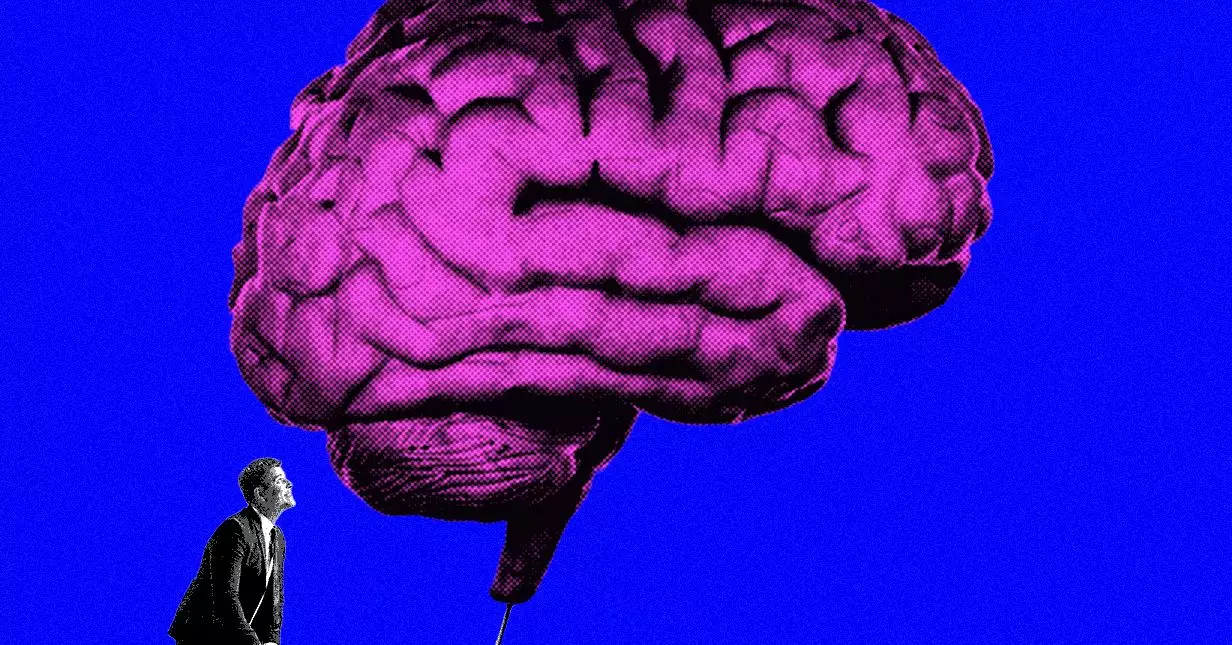In the evolving world of artificial intelligence (AI), one recurring hurdle continues to impede progress: the prevalence of unrefined, so-called “dirty” data. Jonathan Frankle, the chief AI scientist at Databricks, compellingly articulates this struggle that many businesses experience firsthand. Despite having access to vast datasets, it’s the clean, structured data that remains elusive. This poses a significant barrier to training accurate AI models. Frankle warns, “Nobody shows up with nice, clean fine-tuning data that you can stick into a prompt.” This reality begs the question: how can businesses optimize their AI endeavors when perfect data seems like an unattainable luxury?
Innovative Solutions: Tackling Data Quality with AI
Databricks offers a beacon of hope with its advanced approach to machine learning, aimed explicitly at mitigating the data quality issues faced by many organizations. What sets Databricks apart is its method of using reinforcement learning (RL) combined with synthetic data—essentially artificial datasets generated by AI itself—to train models effectively even in the absence of pristine data. This pioneering strategy reflects a departure from traditional methods, urging companies to rethink how they approach AI challenges.
Frankle emphasizes the power of this hybrid method, which not only optimizes model performance but also enables businesses to deploy their bespoke AI agents efficiently. The essence of this process lies in its capacity to extract valuable insights from subpar data conditions, crafting a path where companies can ultimately overcome their data crises and deploy models tailored for specific tasks without heavy reliance on labeled datasets.
The Mechanics of Best-of-N Selection
Central to Databricks’ innovative methodology is a technique called “best-of-N.” This approach capitalizes on the insight that with sufficient iterations, even average-performing models can achieve commendable results on various tasks. By training a model to discern which outputs would resonate best with human testers, Databricks introduces a robust mechanism to enhance model accuracy. The reward model developed—termed DBRM—acts as a crucial tool in this context. It learns from example scenarios and can further refine the output quality of other models, effectively generating synthetic training data for enhanced fine-tuning.
This synergy between the best-of-N strategy and reinforcement learning showcases an unprecedented level of ingenuity. Businesses now have the prospect of refining their AI outputs significantly, while minimizing the disadvantages posed by poor-quality dataset conditions. The result? A higher likelihood of businesses achieving desired outcomes from their AI implementations.
Test-time Adaptive Optimization: A Game-Changer
An even more significant leap is represented in Databricks’ new technique termed Test-time Adaptive Optimization (TAO). This groundbreaking method incorporates lightweight reinforcement learning directly into the model, thereby embedding the benefits of best-of-N selection into its core. Frankle asserts that the advantages brought forth by TAO improve as models expand in scale and capability. It’s a crucial development not only for existing models but also for future AI capabilities.
The implementation of TAO could redefine how AI models are trained and utilized, especially for enterprises grappling with inconsistent data quality. As this technique proves scalable, it opens up a realm of possibilities for businesses wanting to maximize their AI investments while sidestepping traditional obstacles. Suddenly, achieving high-performance yields that regularly meet or exceed user expectations doesn’t seem as daunting.
Databricks and the Future of AI Development
What sets Databricks apart is its transparency in the AI development process. The company desires to cultivate trust with its clientele by showcasing its technological prowess and commitment to pioneering AI solutions tailored for unique business needs. By developing cutting-edge models like DBX, an open-source large language model, Databricks sheds light on its capabilities and distinguishes itself in a competitive landscape.
The challenges posed by dirty data have long been a thorn in the side of AI advancement. However, with Databricks’ creative combinations of reinforcement learning, synthetic data, and novel optimization techniques, the landscape is starting to shift. The power of AI is no longer confined to organizations burdened with pristine datasets, but becomes accessible to anyone willing to embrace innovative solutions.


Leave a Reply